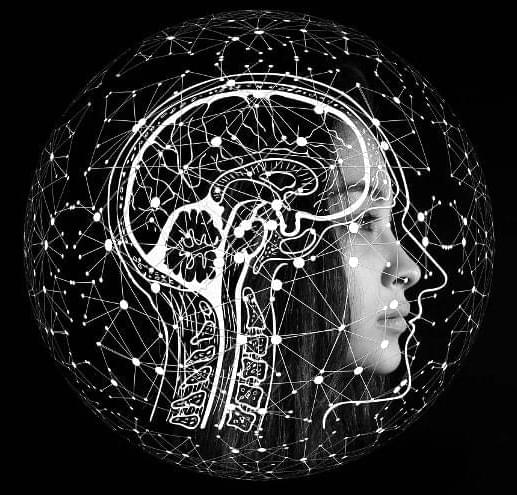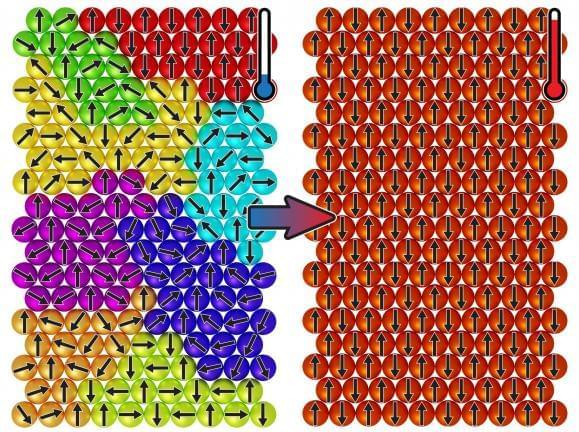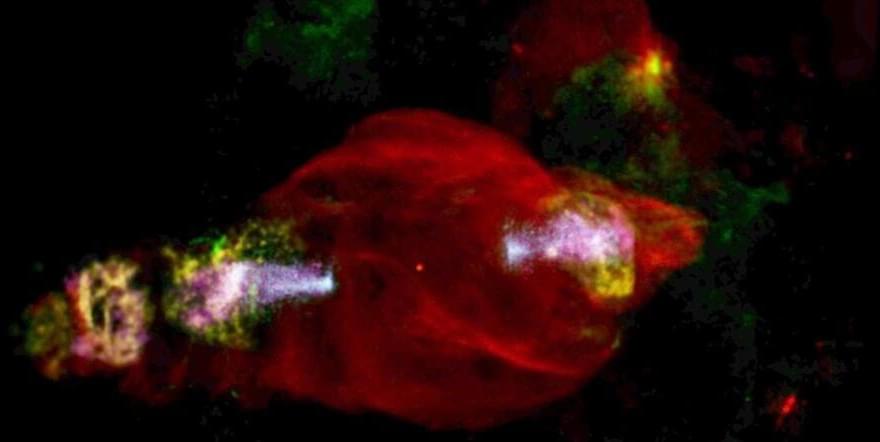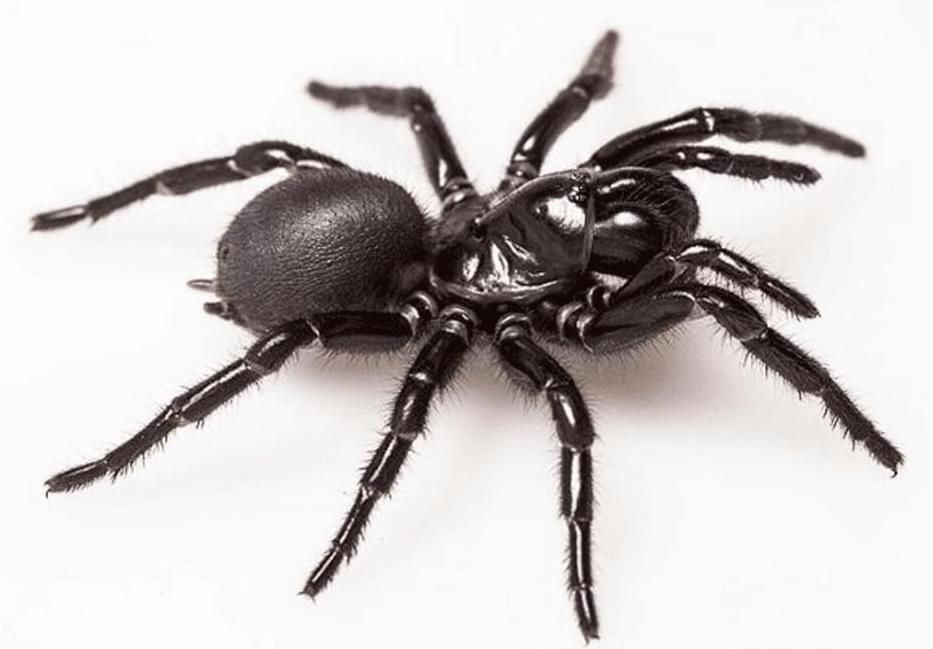Get the latest international news and world events from around the world.


Regenerage Global LLC Establishes Regenerage Clinic Abu Dhabi In Collaboration with Aesthetic Polyclinic / Reviv UAE
Regenerage global LLC expanding clinical network to UAE.
ABU DHABI, United Arab Emirates (PRWEB) July 5, 2022.
Regenerage Global LLC, an emerging global leader in clinical, integrative regenerative healthcare and longevity, in collaboration with Aesthetic Polyclinic / Reviv UAE, a medical spa and polyclinic based in Abu Dhabi, Dubai and Al Ain, specializing in plastic surgery, dermatology, dental services and aesthetic services, announce the establishing of Regenerage Clinic Abu Dhabi.
“We are extremely excited about this collaboration and the establishing of Regenerage Clinic Abu Dhabi”, said Dr. Kristofer T. Chaffin, President & CEO, Regenerage Global LLC. “Together with our two existing clinical locations in Cancun and Mexico City, and future sites shortly coming online in Eastern Europe and Southeast Asia, we continue to execute on our global strategy of building the ‘Starbucks®’ of regenerative healthcare and longevity.”
Why Tesla built New Radar
Major change for Tesla? Adding radar after years of claiming it isn’t needed for FSD?
Radars are fun! In this video I explain New Tesla Radar.
Why Tesla did build New Radar in house?
TIMESTAMPS:
00:00 — Radar Technology Explained.
03:00 — Old Tesla Radar.
05:24 — New Tesla Radar.
08:21 — Is it Imaging Radar?
10:01 — Sensor Fusion Problem.
***
WATCH NEXT:
➞ Tesla FSD chip explained: https://youtu.be/9TFIiatNmpc.
➞ Tesla’s DOJO explained: https://youtu.be/QurtwJdb5Ew.
➞ Silicon Quantum Computer from Intel: [https://youtu.be/j9eYQ_ggqJk](https://youtu.be/j9eYQ_ggqJk)
***

China’s AI system ‘can check loyalty of party members’
“China claims to have developed an AI that can read the minds of Communist Party members to determine how receptive they are to ‘thought education’ in since-deleted article”.
AI developed by experts at Hefei Comprehensive National Science Centre is reportedly intended to check loyalty of Communist Party members.

Connectivity of Language Areas Unique in the Human Brain
Summary: Researchers shed new light on how the human brain evolved to be language-ready. Compared to the brains of chimps, the patterns of connections of language areas in the human brain expanded more than was previously thought.
Source: Radboud University.
Neuroscientists have gained new insight into how our brain evolved into a language-ready brain. Compared to chimpanzee brains, the pattern of connections of language areas in our brain has expanded more than previously thought.

Magnetic spins that ‘freeze’ when heated: nature in the wrong direction
Physicists observed a strange new type of behaviour in a magnetic material when it’s heated up. The magnetic spins ‘freeze’ into a static pattern when the temperature rises, a phenomenon that normally occurs when the temperature decreases. They publish their findings in Nature Physics on July 4th.
The researchers discovered the phenomenon in the material neodymium, an element that they described several years ago as a ‘self-induced spin glass’. Spin glasses are typically alloys where iron atoms for example are randomly mixed into a grid of copper atoms. Each iron atom behaves like a small magnet, or a spin. These randomly placed spins point in all kinds of directions.
Unlike conventional spin glasses, where there is random mixing of magnetic materials, neodymium is an element and without significant amounts of any other material, shows glassy behavior in its crystalline form. The spins form patterns that whirl like a helix, and this whirling is random and constantly changes.

Quantum Processor Completes 9,000 Years of Work in 36 Microseconds
The future is now!
Technology continues to move forward at incredible speeds and it seems like every week we learn about a new breakthrough that changes our minds about what is possible.
Researchers in Toronto used a photonic quantum computer chip to solve a sampling problem that went way beyond the fastest computers and algorithms.
The paper the researchers published says that the Borealis quantum chip took only 36 microseconds to solve a problem that would take supercomputers and algorithms 9,000 years to figure out.

Astrophysicists finally decipher weird beams emanating from Manatee Nebula
A bumpy ride through expanding gas is powering up fast-moving particles in the Manatee Nebula.
1 hour ago.
